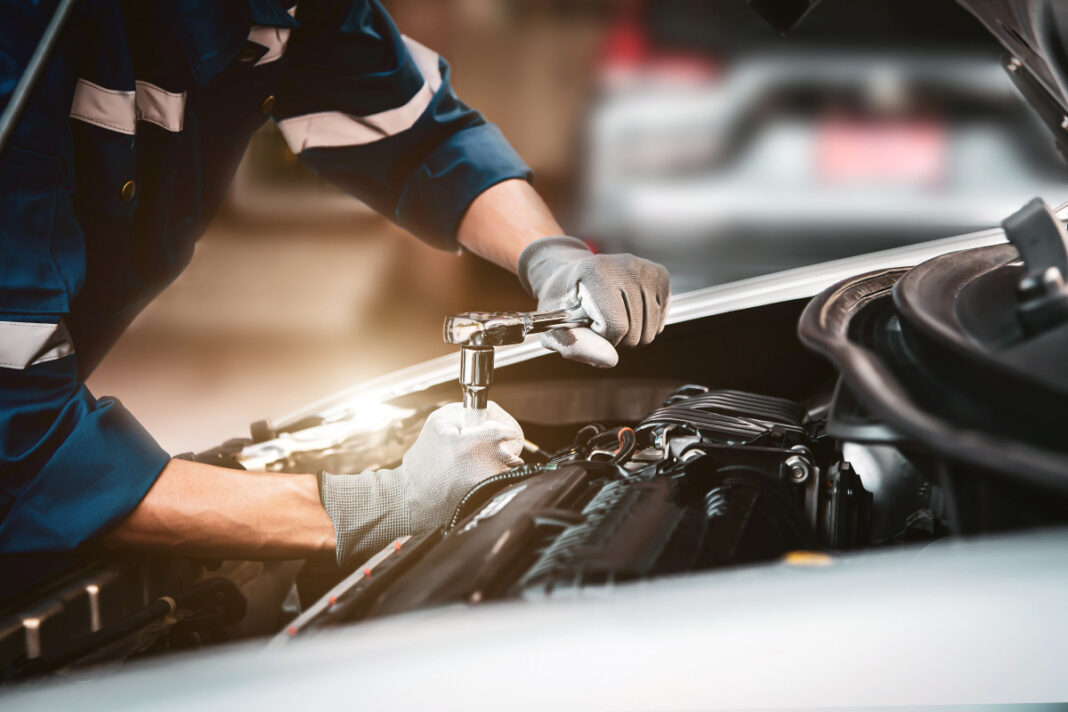A car requires regular maintenance so that it functions well on the road. However, skipping routine checks, driving recklessly, driving on bad roads, and facing extreme weather can influence overall car performance. Eventually, these lead to visible issues that make the vehicle undrivable. So, identifying common car issues and fixing them at the earliest is essential. Repairing or replacing damaged parts early can also help save on costs that may arise from permanent damage.
Poor Brake Feedback
Pressing the brakes is supposed to bring the car to a stop. However, if there is poor feedback and it takes longer for the vehicle to halt, the brakes may need inspection. This problem occurs when brake pads wear out and the necessary friction to bring the car to a halt is insufficient. The first thing to do here is to replace the brakes instead of repairing them. Also, remember to inspect the brakes annually or every 12,000 miles to ensure maximum stopping power and safety.
Depleted Battery
It can be both frustrating and concerning when the car does not start. There are various reasons for this to happen, including a malfunctioning starter motor. The problem can also be as simple as a depleted car battery. A battery’s life usually lasts about five years, and with extreme weather conditions and constant use, it may wear out sooner. The easiest thing to do is replace the battery. Most auto stores offer a free installation with the purchase and even test the old battery free of charge. However, with newer cars, disconnecting the battery may reset the audio system and require a reset code. So, read more about how to get the job done before swapping out the battery.
Car Sways to One Side
Most car drivers may have experienced a car swaying to one side. At first, the motion might not be noticeable, but the issue eventually becomes more prominent. The problem can be due to the wheel alignment. This is a common car problem that can happen if the car is unaligned for a long time or drives over a pothole. The easiest way to fix this car issue is to visit a mechanic and align the wheels. Additionally, the tires must be aligned and balanced to promote even wear and smooth vehicle movement on the road.
Underbody Leaks
A dark spot or a puddle under the car when it is moved can be a sign of leakage. While this can also be water dripping out of the air conditioner after usage, it is most likely some sort of leakage. Low fluid levels can lead to engine overheating, transmission failure, and other issues. So, it is important to solve the problem at the earliest. Most fluids have distinct colors. Engine oil looks light brown to black, while transmission fluid is red or brown. Antifreeze coolant is usually green, orange, blue-green, or pink; brake fluids are transparent, yellow, or brown. Identifying the shade is the first step in diagnosing car trouble. Most leaks require an expert who repairs or replaces the leaky component.
Fuel Issues
An issue with the fuel system often affects the engine’s performance. For example, the fuel pump may have gone bad if the engine starts sputtering or running hot. This component brings gas from the gas tank to the engine and may need replacement. Clogged fuel injectors can also cause the engine to sputter. An expert can clean a fuel injector. However, extensive blockages might require replacement.
Poor Cornering and Shock Absorption
A vehicle has quality shocks and struts to ensure stabilized movement around corners. These components absorb shock on uneven roads and during braking. However, these parts gradually wear out with time. In some cases, they can give up instantly. As a result, the driver and passengers may experience instability at speed, or the vehicle might lean to one side during turns. Additionally, the vehicle may dive forward during hard braking, or the rear end may squat during acceleration. The ideal car maintenance tip for this situation is to replace the shocks and struts as soon as possible.
Issues With Transmission
A vehicle that frequently malfunctions when idling or on the move might be an indicator of transmission trouble. For example, the car may start to accelerate slowly or with a delay. The driver may also find it tedious to shift gears, hear whining or grinding noises, or smell burning odors. Jerky engine movements, the failure to engage in reverse, and chugging are signs of transmission trouble. Individuals should repair the transmission or replace it as soon as possible.
Frequent Tire Punctures
Tire punctures may occur occasionally due to poor road conditions or objects like sharp nails. However, if the tire deflates for no apparent reason, it might be old and worn out. While DIY tips, including puncture sealants, are one way to repair an old car tire, they are not the best solution. The ideal solution is to get the tire replaced with a new one. Even with minimal use, the tire may begin to deteriorate over time. Individuals should consider replacing tires every 50,000 to 70,000 miles or once every six years for best results.


